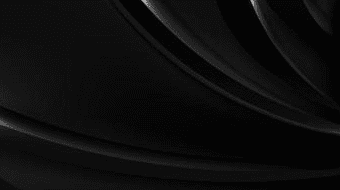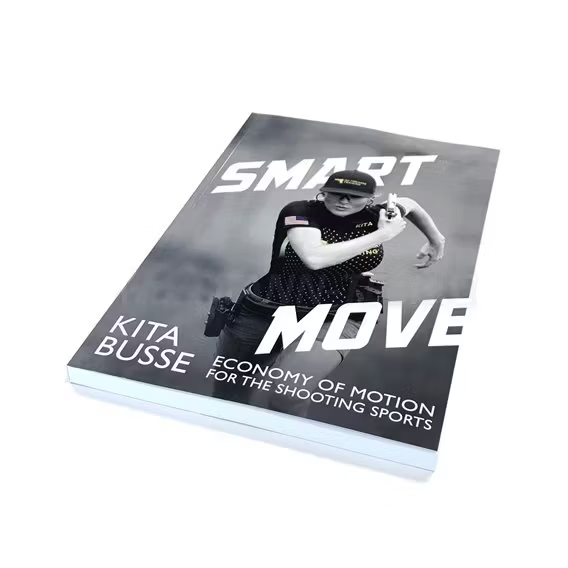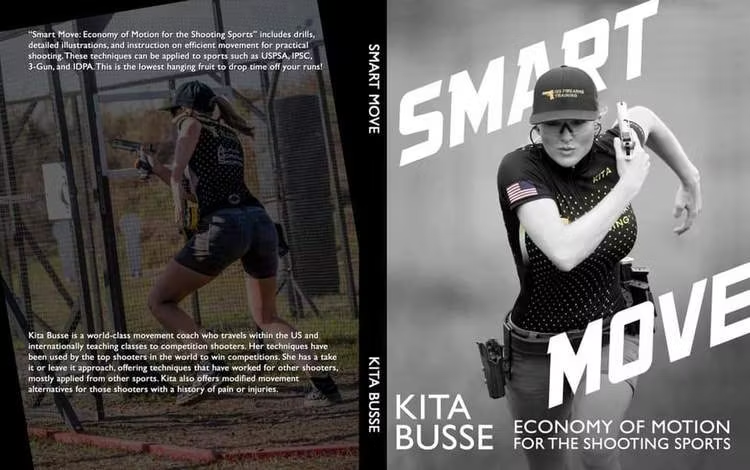Smart move: Economy of motion for the shooting sports
-
499 SEK - 299 SEK
ince 2010, I have had an unusual opportunity to observe, analyze, research and test movement for the shooting sports. I have years of experience in the medical

Betala som du vill






Nets - Svea - Faktura, Delbetalning, Kort, Konto, Bank
Swish - till 123 650 9111 (Skanna QR kod)
Offert
Leverans
DHL - Fri frakt från 1000kr (annars 99kr)
DHL Paket (för företag) - 190kr
Självhämtning Helsingborg - 0kr
ince 2010, I have had an unusual opportunity to observe, analyze, research and test movement for the shooting sports. I have years of experience in the medical field teaching proper body mechanics for injury treatment and prevention. The application of biomechanics to competitive shooting was a natural transition for me.
It started when I observed my first USPSA match in 2010. I noticed that the way the shooters were moving was not the most efficient way to move their bodies, and a lot of time was being lost. Since time is such an important factor in this game, it was confusing to me that they would be hopping, falling out of positions only to get back in, and running backward.
I understood that the movement couldn’t always be done in the most efficient way, simply because they had a gun in their hands. After the match, I began to research, and tested a theory on a good shooter. I found that standing up in position was adding approximately 1/10th of a second for that particular shooter to every position in a stage for every stage in a match. That could be half a second per field course!
The results were very exciting, and I was hooked. I not only studied the movement of top competitors, but of top athletes across the board. I learned from watching the elite shooters compete, pouring over their videos, and comparing their movements with those of various sports.
After continued research and development of movement techniques, I eventually began to travel around the world teaching them in classes and to champions. I am not a top shooter; I am a movement coach. However, I am a movement coach who also happens to shoot.
There are many elite competitive shooters who are excellent at what they do, but they may not have the ability to put it into words in a way that others can relate to. As someone simply observing them, asking questions and testing theories, I can help put what these athletes are already doing into words, and confirm with them that it is, in fact, what is taking place. Playing is not coaching, as the saying goes. My goal in this book is to give you the tools you need to diagnose your movement and become more efficient.
These observations that I had unusual opportunities to make, combined with my own experiences and tests, have shaped the lessons in this book. Many great shooters have been very generous about sharing their tips and tricks. My research always continues, and I am very grateful to the amazing shooters who have contributed to my knowledge along the way.
This book is comprised of my observations and conclusions that I’ve drawn. The things we thought were right yesterday, we may consider wrong today. I’m putting out what I’ve learned and what has helped other people, and maybe it will work for you, maybe it won’t. My goal is to give you tools and insights to help you to be more efficient and get better results in the shooting sports. Have fun!
Kita busse

 Svenska
Svenska









